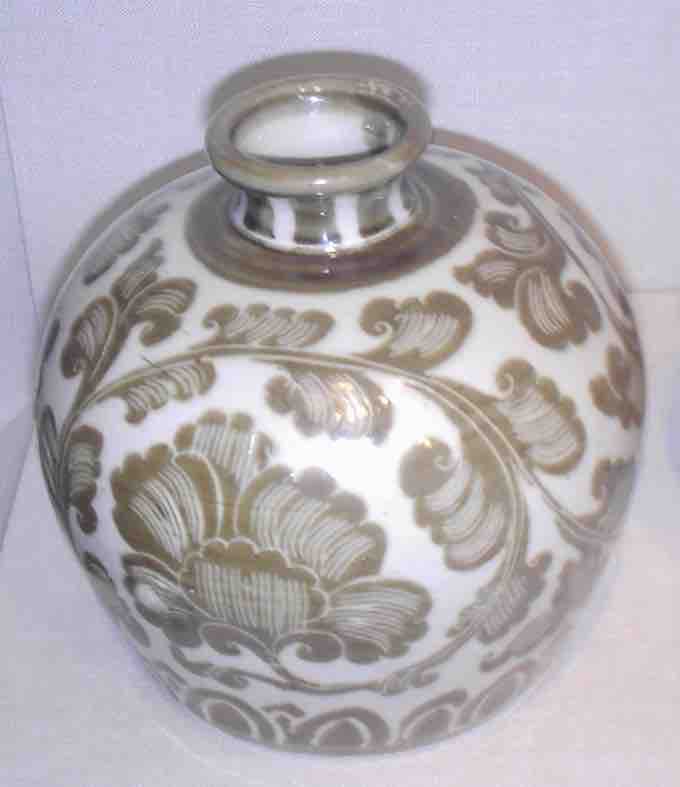Overview: The Song Dynasty
The Song Dynasty (960–1279 CE) was a culturally rich and sophisticated age for China. During this time, great advancements were made in the visual arts, music, literature, and philosophy. Officials of the ruling bureaucracy reached new heights of education in Chinese society, while general Chinese culture was enhanced by widespread printing, growing literacy, and various arts.
Advances in Ceramics
Appreciation of the arts among the gentry flourished during the Song Dynasty, especially in painting and ceramics. The city of Jingdezhen (also Jingde Zhen) has been a central place of production of ceramics since the early Han dynasty; in 1004, Emperor Zhenzong established the city as the main production hub for imperial porcelain. During the Song and following Yuan dynasties, porcelain made in the city and other southern Chinese kiln sites used crushed and refined pottery stones alone.
Porcelains from the Song Dynasty
Left item: A Northern Song qingbai-ware vase with a transparent blue-toned ceramic glaze, from Jingdezhen, 11th century. Center item: A Northern or Southern Song qingbai-ware bowl with incised lotus decorations, a metal rim, and a transparent blue-toned glaze, from Jingdezhen, 12th or 13th century; Right item: A Southern Song miniature model of a granary with removable top lid and doorway, qingbai porcelain with transparent blue-toned glaze, Jingdezhen, 13th century.
Longquan Celadon
The making of glazed and translucent porcelain and celadon wares with complex use of enamels was highly developed during the Song period, with Longquan celadon wares being particularly popular. These celadon wares were produced in kilns in the city of Longquan, located in Lishui prefecture in southwestern Zhejiang Province. With those in other prefectures, the total of discovered kiln sites is over two hundred, making the Longquan celadon production area one of the largest historical ceramic producing areas in China. Southern Song celadons display the greatest variety of shape and glaze color, and Japanese tea masters and collectors have treasured examples with a decidedly bluish glaze which they have termed kinutaseiji. Chinese collectors have noted a greater variety of Longquan ware and devised a special vocabulary to describe them such as meizi ching or "plum green" celadon. After the end of the Southern Song period, Longquan celadon experienced an expansion of production with a lessening of quality.
Longquan celadon ware vase
A Longquan Ware Celadon Vase, Song Dynasty, 13th Century, from the Nantoyōsō Collection, Japan
Illustrations
Black and red lacquerwares of the Song period featured beautifully carved artwork of miniature nature scenes, landscapes, or simple decorative motifs. Trends in illustration styles among the gentry notably shifted from the Northern (960–1127) to Southern Song (1127–1279) periods, influenced in part by the gradual embrace of the Neo-Confucian political ideology at court. Even though intricate ceramics and lacquerware, often painted with closely-viewed objects like birds on branches, were held in high esteem by the Song Chinese, landscape painting was paramount during this era.

Song Dynasty ding ware porcelain bottle, 11th century
The making of glazed and translucent porcelain and celadon wares with complex use of enamels was developed further during the Song period.